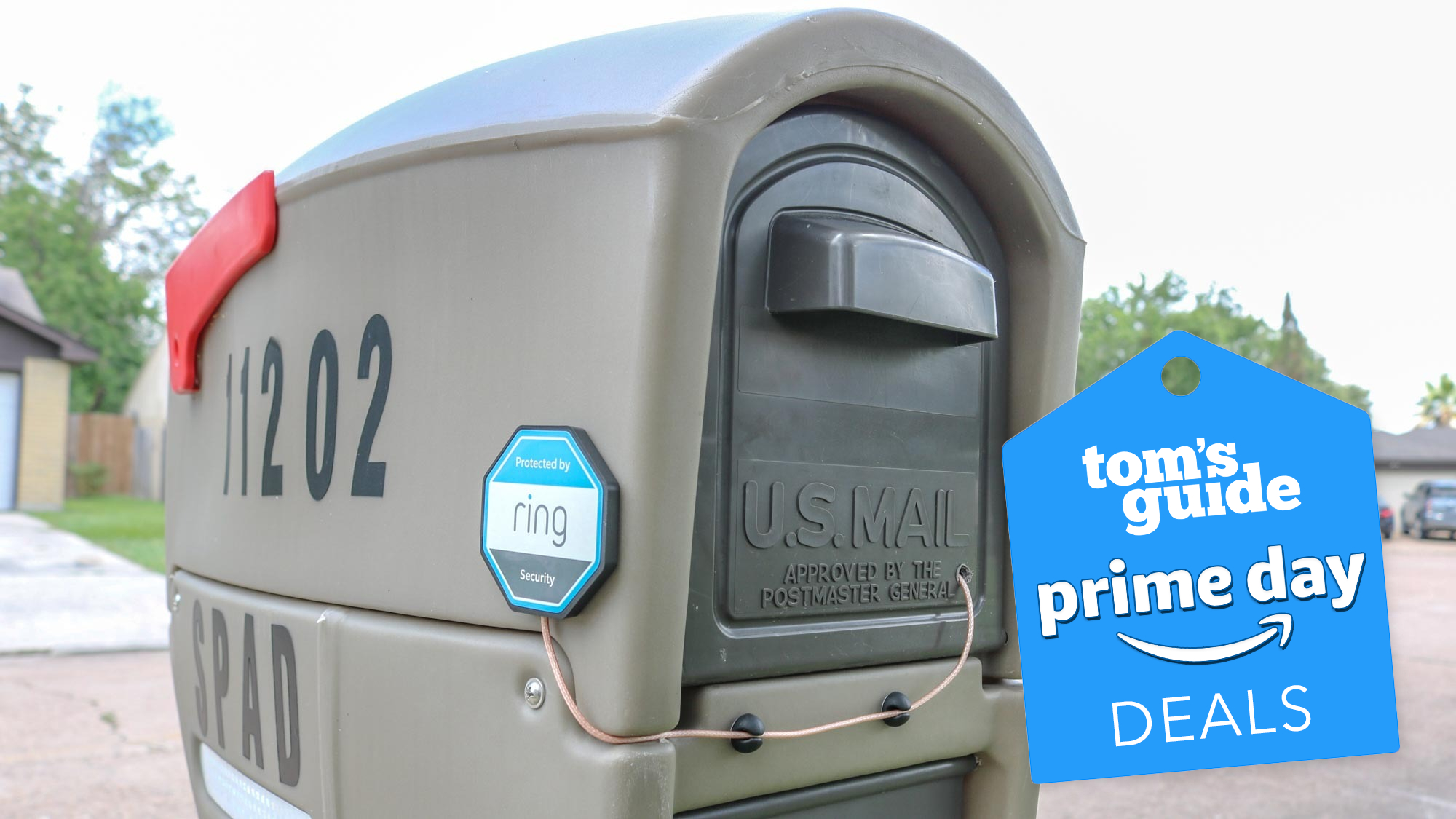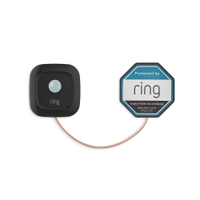I gave my mailbox this smart upgrade and now it’s on sale for the first time ever for Prime Day
Never forget the mail again with this smart sensor

Letting the mail pile up in your mailbox is always a bad idea since you might miss an important letter or even worse, the post-service may stop delivering to your house entirely. It’s easy to remember to check your inbox but if you’re tired of walking back and forth to the mailbox every day, then this smart mailbox sensor could be the perfect solution and it's on sale for Prime Day.
Right now, you can pick up the Ring Mailbox Sensor for just $24 @ Amazon. The device is very affordable at just $30, but this is the first and only time it’s ever been on sale as part of this year’s Prime Big Day Deals. Though Amazon Prime Day is drawing to a close, this is a fantastic deal you can still take advantage of.
Ring Mailbox Sensor: was $30 now $24 @ Amazon
This battery-powered smart sensor attaches to the inside of your mailbox using adhesive tape. Then when the door is opened, the motion sensor inside it lets you know that someone has either delivered the mail or checked it. You also get an antenna that connects to the back of your mailbox which helps improve the range of the sensor’s signal if you have a metal one.
With the Ring Mailbox Sensor installed on the back of your mailbox, you’ll get a notification in the Ring app anytime someone opens the door at the front. Likewise, if you have one of the best Alexa devices, you can actually have your Echo Dot or even Echo Show announce that the mail has arrived by using an Alexa routine. If you don’t have any Alexa devices yet, you’re in luck as all of our favorites are heavily discounted right now too in Amazon’s Prime Day smart home sale.
You’ve got mail

Back when I first installed the Ring Mailbox Sensor, you needed to have a Ring hub connected to your Wi-Fi router for it to work. Now though, the sensor uses Amazon Sidewalk for connectivity and you no longer need one.
In the box, you get the sensor itself, three AA batteries to power it, an optional antenna and all the tools you’ll need for the installation like a drill bit and adhesive tape. Installation is really straightforward too. Once you pair the Ring Mailbox Sensor in the Alexa app, you just need to install it in the back of your mailbox using the included adhesive tape.
If you have a metal mailbox though, you will need to drill a small hole in the back to connect the external antenna to the sensor. You can use the sensor with a plastic or wood mailbox too and I have mine on the side of my plastic mailbox as I like how it has a Ring sticker to help deter any porch pirates.

The three included AA batteries can power the sensor for a full year under normal usage which Ring says is 8-10 activations per day. Since the mail doesn't come as often as it used to, you’ll probably be able to get a year’s use out of a single set of batteries.
It’s worth noting that USPS has a free service called Informed Delivery to let you know what mail is coming to your house each day. However, that service won’t tell you when the mail has actually been delivered.
I know this one might be too much for some people but if you’re busy, don’t want to miss the mail and already have a smart home, the Ring Mailbox Sensor is an easy and affordable upgrade that you can really have some fun with using Alexa routines. For instance, when my mail arrives, the Echo Show 15 in my kitchen proudly announces “You’ve got mail!” just like AOL used to.
Sign up to get the BEST of Tom's Guide direct to your inbox.
Get instant access to breaking news, the hottest reviews, great deals and helpful tips.

Anthony Spadafora is the managing editor for security and home office furniture at Tom’s Guide where he covers everything from data breaches to password managers and the best way to cover your whole home or business with Wi-Fi. He also reviews standing desks, office chairs and other home office accessories with a penchant for building desk setups. Before joining the team, Anthony wrote for ITProPortal while living in Korea and later for TechRadar Pro after moving back to the US. Based in Houston, Texas, when he’s not writing Anthony can be found tinkering with PCs and game consoles, managing cables and upgrading his smart home.

